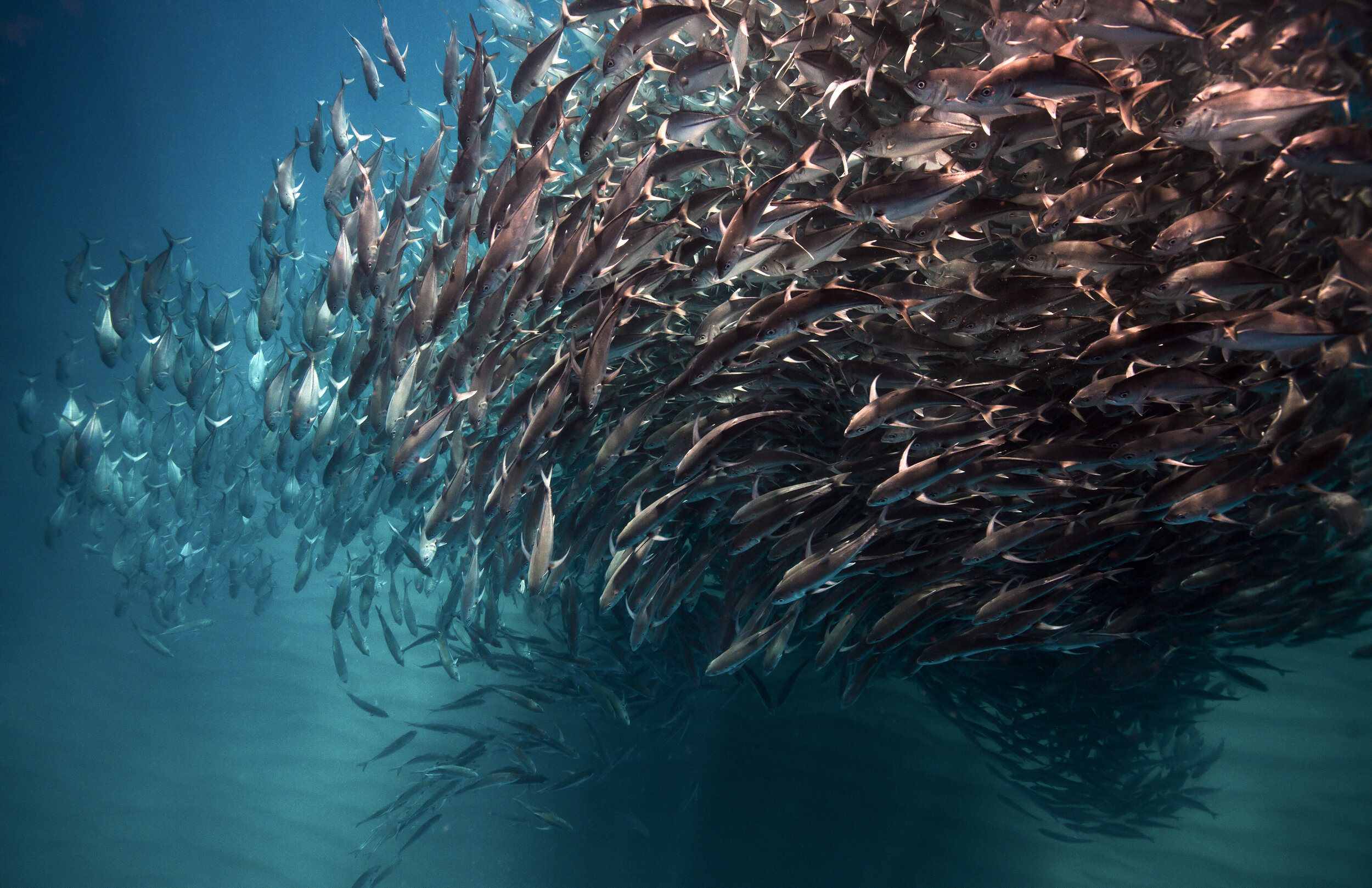Scientists published an interesting study on March 24, 2020, documenting the first evidence of the critically endangered Scalloped Hammerhead shark transiting between Cocos Island National Park and Las Gemelas Seamount. This has the potential for good news for vulnerable species in the area, as the evidence of a corridor between two ecological hotspots provides a much easier platform for expanded protection.
Cocos is a tiny island 340 miles off the Pacific coast of Costa Rica with an impressive roster of ecological credentials (alongside a slice of pirate lore): National Park, UNESCO World Heritage Site, and designated Ramsar Wetland of International Importance. Sharks love a good current, and Cocos is the first point of contact with a major one - the Northern Equatorial counter-current. The island is one of the last remaining places to see Hammerheads in populations large enough to school. Galapagos, Silky and Whitetip Reef sharks also have a strong presence here, as does the occasional Tiger.
Forty miles over, discoveries are still being made. A deep seamount rises from the floor of 7,500, peaking at a depth of 600 feet and surrounded by a chasm of deep ocean. In 2009, scientists and world-renowned photographer Brian Skerry launched an expedition, conducting 22 submersible dives to the top of Las Gemelas seamount, where they discovered one of the highest concentrations of fish in the tropics worldwide - an estimated 7.8 tonnes of fish per hectare.
Cocos has been protected since 1978, Las Gemelas received protection in 2011, but the Hammerheads are getting nailed by shark fisherman as soon as they venture outside the protection zone, and sometimes even inside of it via longlining. The area is very difficult to patrol as it is so far away from any major landmass, and besides 1 Ranger and perhaps a couple disheveled university students researching in the jungle, the island is uninhabited.
The shark in the most recent study published in March 2020 was found to have made repeated traverses of the corridor between 2015 and 2016. It will be interesting as more is discovered about this connection, and how widespread the activity is. With evidence of a transitory corridor between the two locations, hopefully this important habitat will receive increased protection and continue to be explored.




